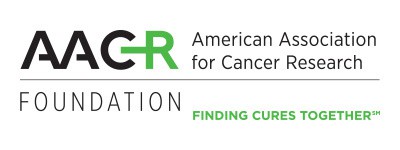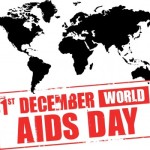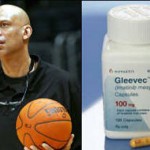Star Trek’s Nichelle Nichols Suffers Mild Stroke
Nichelle Nichols, known for her role as Lt. Nyota Uhura on Star Trek, has suffered a mild stroke.
According to a post on her Facebook page by Zach McGinnis, Nichols suffered the stroke while at her LA home, adding:
“Nichelle Nichols has had both a CAT scan and an MRI today. The CAT scan came back negative and we are awaiting the results from the MRI. Currently she is awake, eating, in good spirits and able to have full conversations. Her right side has shown minor signs or mobility loss but she is not showing any signs of paralyses.”
As the Starship Enterprise’s communication officer, Nichols became one TV’s first African American actresses to have a major role on a popular show. After Star Trek, she went on to become a volunteer for a special project with NASA to recruit minority and female personnel for the space agency. Among those recruited through the program were Dr. Sally Ride, the first American female astronaut, and United States Air Force Colonel Guion Bluford, the first African-American astronaut, as well as Dr. Judith Resnik and Dr. Ronald McNair (both of whom were, unfortunately, killed in the 1986 Challenger disaster).
Who Is at Risk for a Stroke?
Certain traits, conditions, and habits can raise your risk of having a stroke or transient ischemic attack (TIA). These traits, conditions, and habits are known as risk factors.
The more risk factors you have, the more likely you are to have a stroke. You can treat or control some risk factors, such as high blood pressure and smoking. Other risk factors, such as age and gender, you can’t control.
The major risk factors for stroke include:
High blood pressure. High blood pressure is the main risk factor for stroke. Blood pressure is considered high if it stays at or above 140/90 mmHg over time. If you have diabetes or chronic kidney diseaseexternal link icon, high blood pressure is defined as 130/80 mmHg or higher. (The mmHg is millimeters of mercury—the units used to measure blood pressure.)
Smoking. Smoking can damage blood vessels and raise blood pressure. Smoking also may reduce the amount of oxygen that reaches your body’s tissues. Exposure to secondhand smoke also can damage the blood vessels.
Diabetes. Diabetes is a disease in which the blood sugar level is high because the body doesn’t make enough insulin or doesn’t use its insulin properly. Insulin is a hormone that helps move blood sugar into cells where it’s used for energy.
Heart diseases. Coronary heart disease (also called coronary artery disease), cardiomyopathy, heart failure, and atrial fibrillation can cause blood clots that can lead to a stroke.
Brain aneurysms or arteriovenous malformations (AVMs). Aneurysms are balloon-like bulges in an artery that can stretch and burst. AVMs are tangles of faulty arteries and veins that can rupture (break open) within the brain. AVMs may be present at birth, but often aren’t diagnosed until they rupture.
Age and gender. Your risk of stroke increases as you get older. At younger ages, men are more likely than women to have strokes. However, women are more likely to die from strokes. Women who take birth control pills also are at slightly higher risk of stroke.
Race and ethnicity. Strokes occur more often in African American, Alaska Native, and American Indian adults than in Caucasian, Hispanic, or Asian American adults.
Personal or family history of stroke or TIA. If you’ve had a stroke, you’re at higher risk for another one. Your risk of having a repeat stroke is the highest right after a stroke. A TIA also increases your risk of having a stroke, as does having a family history of stroke.
Other risk factors for stroke, many of which of you can control, include:
Alcohol and illegal drug use, including cocaine, amphetamines, and other drugs
Unhealthy cholesterol levels
Lack of physical activity
Unhealthy diet
Obesity
Stress and depression
Certain medical conditions, such as sickle cell anemia, vasculitis ( inflammation of the blood vessels), and bleeding disorders
Following a healthy lifestyle can lower the risk of stroke. Some people also may need to take medicines to lower their risk.



























0 comments